Unlocking History and Science Through Modern Innovations
1. Introduction: The Intersection of History, Science, and Modern Innovation
In recent decades, technological advancements have revolutionized how we explore and understand our past and the scientific principles that shape our world. Innovation acts as a bridge, transforming static historical records and scientific data into dynamic, engaging learning experiences. Modern tools like virtual reality, data analysis algorithms, and interactive media are not only making education more accessible but also more immersive, offering learners the chance to explore history and science firsthand.
A compelling illustration of this integration is exemplified by projects such as Le Zeus. While primarily a modern entertainment product, Le Zeus embodies how contemporary design and scientific inspiration can enliven educational themes, making complex concepts accessible and engaging for diverse audiences.
2. The Evolution of Educational Tools: From Traditional to Digital
Historical Methods of Learning about History and Science
Historically, education relied heavily on textbooks, lectures, and physical artifacts. Museums, libraries, and classroom models served as primary sources of knowledge, providing tangible connections to our heritage and scientific discoveries. While effective, these methods often lacked interactivity and personalization, limiting engagement.
The Advent of Digital Innovations and Interactive Media
With the rise of digital technology, educational content transitioned into multimedia formats. Interactive simulations, online courses, and educational games have expanded learning possibilities. For example, virtual reconstructions of ancient cities or scientific experiments allow students to explore environments impossible to visit physically, fostering deeper understanding.
Modern Gaming Mechanics as Educational Tools
Innovative game mechanics, such as the 6×5 grid used in popular slot games with Megaways technology, exemplify how complex systems can be harnessed for educational purposes. These mechanics introduce variability and strategic thinking, which can be adapted to simulate historical scenarios or scientific processes, making learning both fun and impactful.
3. Technological Innovations in Historical and Scientific Discovery
Use of Simulation and Virtual Reality
Virtual reality (VR) enables immersive experiences, allowing users to walk through ancient ruins or scientific laboratories. Such simulations provide contextual understanding that static images or texts cannot match. For instance, VR recreations of historical battles or scientific environments help students grasp complex interactions and processes deeply.
Role of Algorithms and Data Analysis
Advanced algorithms analyze vast datasets, uncovering hidden patterns in historical records or scientific data. This process aids archeologists in discovering new sites or scientists in identifying correlations within complex systems. Data-driven insights accelerate discovery and deepen our comprehension of historical timelines and scientific phenomena.
Case Study: Le Zeus as an Innovative Design
Le Zeus exemplifies how scientific and historical themes can inspire modern design. Its architecture and thematic elements draw from ancient mythology and scientific principles, demonstrating the seamless integration of these domains. Such products showcase how innovation can translate abstract concepts into tangible, educational experiences, fostering curiosity and learning.
4. The Role of Mythology and Ancient Narratives in Modern Media
Influence of Myths like Pegasus and Medusa
Ancient myths continue to inspire modern storytelling, especially in gaming and media. The myth of Pegasus, born from Medusa’s blood, exemplifies themes of transformation and divine intervention. Such narratives serve as cultural touchstones, enriching modern media with layers of meaning rooted in history and mythology.
Educational Value of Mythological Stories
These stories offer insights into the values, beliefs, and cultural identities of ancient civilizations. When incorporated into modern media, they facilitate cross-cultural understanding and provide context for scientific and historical concepts. For instance, the creation of Pegasus from Medusa’s blood can be seen as a metaphor for scientific discovery—transforming chaos into order.
Connecting Mythology and Modern Science
The myth of Pegasus illustrates how ancient stories can inspire contemporary scientific narratives. Today, researchers explore genetic mutations and biochemical reactions that echo these mythological transformations, bridging the gap between myth and science. Such connections highlight the enduring relevance of ancient narratives as allegories for scientific processes.
5. Quantitative Measures of Innovation: RTP and Game Design
Understanding RTP (Return to Player)
RTP quantifies the average percentage of wagered money a game returns to players over time. In educational and entertainment contexts, high RTP indicates fair, engaging designs that sustain interest. For example, a game with an RTP of 96.26% demonstrates a sophisticated balance between chance and skill, fostering trust and prolonged engagement.
Impact of Advanced Mechanics
Mechanics like Megaways, with their dynamic 6×5 grid, introduce variability that enhances player engagement. When adapted for educational purposes, such mechanics can simulate complex systems, encouraging critical thinking and strategic decision-making—skills vital for understanding scientific concepts or historical scenarios.
6. Deep Dive: «Le Zeus» as a Modern Illustration of Innovation
Design Principles and Educational Relevance
Le Zeus integrates scientific themes with mythological motifs, creating an engaging platform for exploring both domains. Its design emphasizes clarity, interactivity, and thematic coherence, making abstract concepts tangible. Such approaches exemplify how modern products can serve educational purposes without sacrificing entertainment value.
Integration of Scientific and Historical Themes
By weaving scientific principles—such as energy transfer or mythological symbolism—into its narrative and mechanics, Le Zeus demonstrates how innovation can foster a deeper understanding of complex topics. This synergy enhances both learning and enjoyment, showing that entertainment can be a powerful educational tool.
Impact on Learning and Entertainment
Modern innovations like Le Zeus influence how audiences engage with history and science, promoting curiosity and critical thinking. Such products exemplify the potential of technology to democratize knowledge, making learning accessible and engaging for diverse populations.
7. Non-Obvious Perspectives: Ethical and Cultural Implications of Merging History, Science, and Innovation
Ethical Considerations in Reinterpreting Content
Reimagining historical and mythological narratives through modern media raises questions about authenticity and respect. It’s essential to balance creative innovation with accurate representation to avoid cultural misappropriation or distortion of significant symbols.
Cultural Sensitivity and Accuracy
Developers and educators must ensure that content respects diverse cultural perspectives, avoiding stereotypes or oversimplifications. Accurate depiction fosters understanding and preserves the integrity of historical and mythological sources.
Future Risks and Opportunities
While blending history, science, and gaming technology offers exciting possibilities, it also risks trivialization or misinformation. Responsible innovation requires ongoing dialogue among scholars, technologists, and communities to maximize benefits and minimize harm.
8. The Future of Unlocking Knowledge: Emerging Trends and Technologies
Artificial Intelligence and Machine Learning
AI can personalize educational content, adapt difficulty levels, and generate interactive scenarios that respond to individual learner needs. Machine learning algorithms can analyze user engagement data to optimize content delivery, making learning more effective.
Augmented Reality and Immersive Experiences
AR bridges the gap between virtual and physical worlds, allowing users to visualize scientific models or historical sites within their real environment. This technology deepens understanding by providing contextually relevant, hands-on experiences.
Shaping Future Learning Landscapes
Innovations like Le Zeus serve as prototypes for future educational tools that combine storytelling, science, and history. As these technologies evolve, they will foster a more engaged, informed, and curious society capable of preserving and advancing our scientific and cultural heritage.
9. Conclusion: Embracing Innovation to Foster a Deeper Connection to Our Past and Scientific Heritage
Modern innovations have transformed education from static learning to immersive exploration. By integrating scientific principles and historical narratives into engaging formats, we deepen our understanding and appreciation of the past and the natural world. Products like Le Zeus exemplify how creative technologies can serve as powerful tools for education and entertainment alike.
“Innovation is the bridge that connects us to our history and scientific future, making knowledge accessible and compelling for all.”
As technology continues to advance, the potential to unlock our collective heritage grows exponentially. Embracing these tools responsibly ensures that future generations will remain connected to their roots while pushing the boundaries of discovery and understanding.

